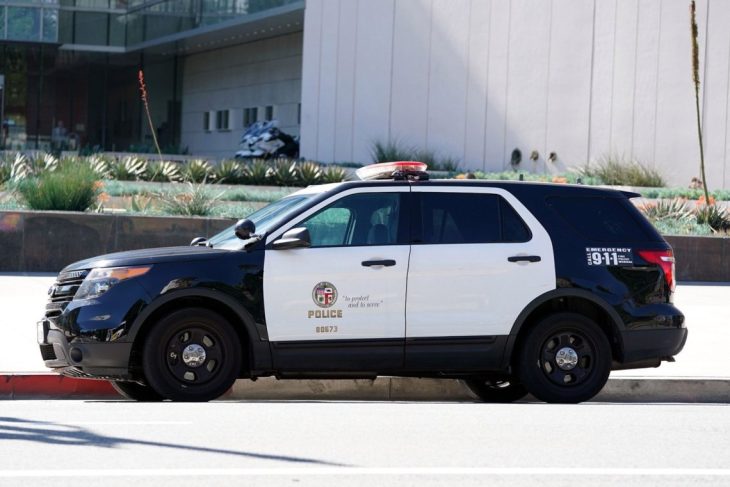Nationwide Drill Aims to Ensure Preparedness and Public Safety
By Dolores Quintana
On October 4, 2023, the Federal Emergency Management Agency (FEMA), in collaboration with the Federal Communications Commission (FCC) and the Puerto Rico Emergency Management Bureau, will conduct a nationwide assessment of the Emergency Alert System (EAS) and Wireless Emergency Alerts (WEA) capabilities. If you are used to having the volume on your cell phone up, you may want to lower it by around 11:00 a.m. our time.
Nino Correa Filomeno, Commissioner of the Puerto Rico Emergency Management Bureau (PREMB), emphasized the importance of these test alerts. He stated, “These test alerts are necessary to ensure the proper functioning of the system so that citizens can respond appropriately in real emergency situations. With the ongoing hurricane season and potential emergencies, having a reliable alert system in place is essential.”
The WEA and EAS tests are scheduled to commence at approximately 2:20 p.m. on Wednesday, October 4.
The WEA test will be initiated through FEMA’s Integrated Public Alert and Warning System (IPAWS), a centralized internet-based system managed by FEMA. This system allows authorities to send authenticated emergency messages to the public through various communication networks, including cell phones.
Orlando Olivera, Coordinator of FEMA’s Caribbean Area Office in Puerto Rico, stressed the importance of these tests in enhancing emergency readiness. He said, “We want to ensure that these systems remain effective, that the public understands and heeds emergency alerts and warnings, especially those of national significance. This is a step towards better emergency preparedness.”
Starting around 2:20 p.m., cell towers will broadcast the signal for approximately 30 minutes. WEA-compatible wireless phones that are switched on, within range of an active cell tower, and whose wireless providers participate in WEA should be capable of receiving the test message. To make these alerts accessible to everyone, including individuals with disabilities, they will be accompanied by a distinctive tone and vibration.
Simultaneously, the EAS test will last approximately one minute and involve the participation of radio and television broadcasters, cable systems, satellite radio and television providers, and wireline video providers.

























